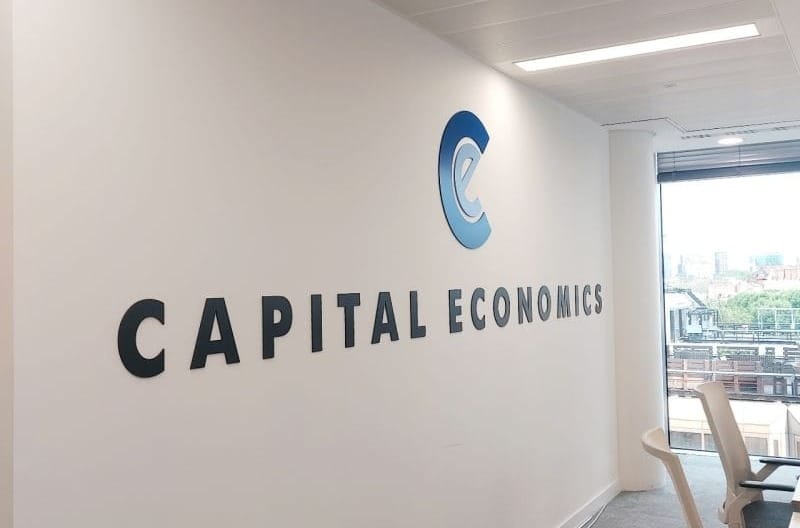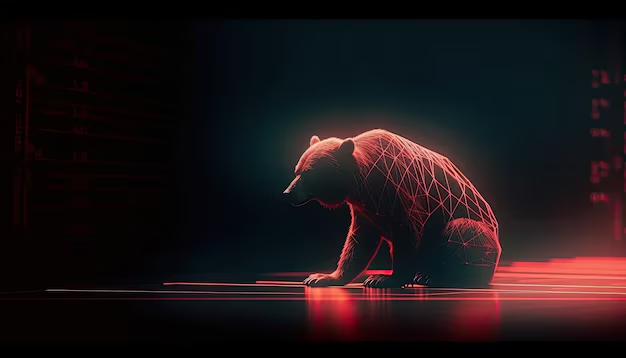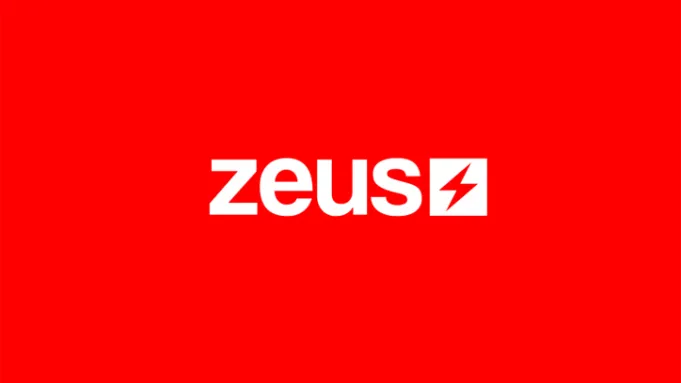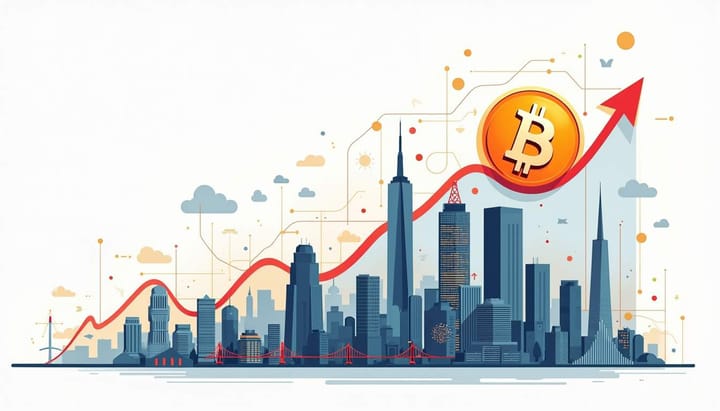“AI stock bubble bursts...risk of crash in 2026” - Capital Economics

Financial analytics firm Capital Economics has predicted that “the stock market bubble driven by artificial intelligence (AI) will burst in 2026.” “Rising inflation and rising interest rates will weigh on equity valuations,” Business Insider reported on Feb. 28, citing Capital Economics' analysis.
Capital Economics predicts that investor enthusiasm for AI will push the S&P 500 to 6,500 points by 2025. This would be driven primarily by tech stocks. But from 2026 onward, the stock market's gains are expected to slow sharply as rising interest rates and higher inflation weigh on stock valuations.
“While widespread adoption of AI is expected to boost economic growth through increased productivity, it will also lead to higher-than-expected inflation, which in turn will push interest rates higher,” said Diana Iovanel and James Reilly of Capital Economics. Higher interest rates and inflation are both headwinds for stock prices, and the stock market has fallen recently as the consumer price index has come in higher than expected.

“We are likely to see a correction in valuations beyond the end of next year as the bubble ultimately bursts,” Capital Economics said, adding that this could be a repeat of the dot-com bubble of the late 1990s and early 2000s and the Great Depression of 1929. The bursting of these stock market bubbles is expected to result in favorable investment returns for bonds over equities. “Stronger returns are expected as Treasury yields stabilize at elevated levels,” Capital Economics said.
It expects U.S. stocks to return an average of 4.3% annually through 2033, which is below their long-term average return of 7%, adjusted for inflation. U.S. Treasuries, on the other hand, are expected to return 4.5% over the same period.
“The U.S. anomaly could end in a few years,” Iovanel and Riley said. “How and when the AI-driven stock market bubble bursts is a key risk to our outlook. In particular, the likelihood that the aftermath of a bubble burst could last for more than a year is similar to the situation after the dot-com bubble.”


